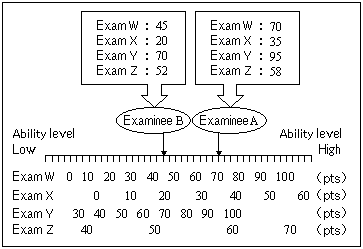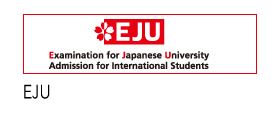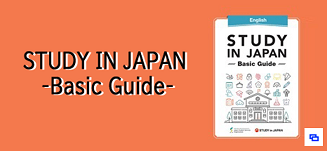EJU is carried out twice a year, its score is utilized over a two year period. Accordingly, in one admissions implemented in such universities, colleges and vocational schools, the test results of up to four times may be utilized at the same time. On in every test the questions of different contents will appear on the exam, because of measures such as to the time difference between the implementation area, since a plurality of types of question booklet is also used in the same implementation times, 4 in one of the admissions score or more different test it would be compared.

|
|---|
Test and, it is intended to measure the ability level using the yardstick of "score". However, since there is no well-defined unit as length and temperature on the ability level, this ruler would be totally supposed to be another memory is used by the difference such as the difficulty of the test. The figure on the left is a representation of the correspondence of the four test carapace B Hay-Ding scores and ability level. Test B as compared to the test instep from the figure it is difficult to take a high score (it is difficult problem), it can be seen that easy to take a high score (problem is easy). Here, a case of comparing the candidates' abilities of A and B in FIG. Both of them as long as receiving the same test, always A since a higher score than B, it is possible to appreciate that the person A has to have a high capacity. However, if the times that to take varies from person to person, for example, when A is to take test I, B is to take test II. In this case, A and B becomes 70 points to 35 points, is more of B who received the chance easy test, it would have been considered to have a higher capacity.
Such a situation occurs because the level of difficulty and other test characteristics vary from session to session. This makes it essential, first, to try to make the test questions for each session as consistent in nature as possible. It is very difficult, however, to make tests consisting of different questions for each session totally consistent. As a result, even when the differences are not as extreme as shown in the figure, if the scores can differ depending on when the test is taken, examinees who happen to take a test that is more difficult are put at a disadvantage. In the figure, which displays the scores from four tests, it is clear that Examinee A has the greater ability, but in many actual tests, there is no way to make a relative comparison of test scores. This fact makes it necessary to find a way to equalize scores, in other words, to adjust scores from different tests to show scores that don’t depend on the nature of the tests themselves.
The only approach to equalizing scores in such situations where people take different tests is to permit comparison that excludes the influence of the test structure and converts test results into a common score (a “scaled score”) that appropriately represents the ability of the examinee. There are a number of methods available for equalizing scores, including the statistically-based item response theory widely used in the US and Europe. This method is used for equalization in TOEFL and other respected tests. The EJU also fundamentally uses this method for equalization of scores.
In item response theory, scores are equalized by using the statistical characteristics of the individual questions (“items”). The statistical characteristics of the individual questions, including their level of difficulty, are estimated in advance using a specific scale. Then, based on information regarding how often a question with certain statistical characteristics is answered correctly, the examinee’s ability level is estimated using that scale. This yields a scaled score so that if an examinee gets better results when retaking the test at another session thanks to more study, the test results cannot be interpreted as merely reflecting that the second test was easier. Since the EJU uses score equalization to provide such scaled scores, the scores on different sessions’ tests can be compared directly.








